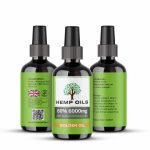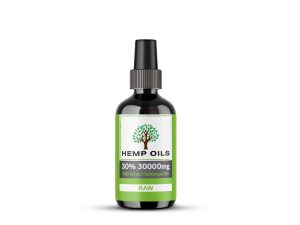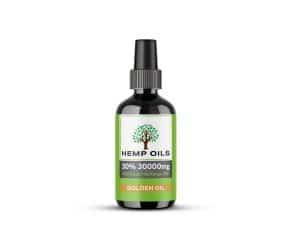Introduction to Hemp Oil Extraction ===
Hemp oil, also known as hemp seed oil, is derived from the seeds of the hemp plant. It is highly valued for its nutritional properties and is widely used in a variety of products such as skincare, dietary supplements, and even cooking. However, the process of extracting hemp oil from the seeds of the hemp plant is not as straightforward as one might think. In this article, we will explore the common methods used for extracting hemp oil and delve into the detailed processes of solvent extraction and CO2 extraction.
=== Common Methods of Extracting Hemp Oil ===
There are several methods utilized for extracting hemp oil from the seeds of the hemp plant. The two most common methods are solvent extraction and CO2 extraction. Solvent extraction involves using a solvent, such as ethanol or butane, to dissolve the oil and separate it from the plant material. On the other hand, CO2 extraction utilizes carbon dioxide under specific conditions of temperature and pressure to extract the oil. Both methods have their advantages and disadvantages, but they are widely recognized as effective ways to obtain high-quality hemp oil.
=== Solvent Extraction: A Detailed Process ===
Solvent extraction is a widely used method for extracting hemp oil due to its efficiency and cost-effectiveness. The process involves soaking the hemp seeds in a solvent, usually ethanol, to dissolve the oil. Once the oil has been dissolved, the solvent is evaporated, leaving behind the hemp oil. This method allows for a high yield of oil extraction, but it may also result in contamination if not carried out correctly. Therefore, it is crucial to ensure proper filtration and purification processes are implemented to remove any impurities or residual solvents.
=== CO2 Extraction: The Preferred Method ===
CO2 extraction, also known as supercritical fluid extraction, is considered the preferred method for extracting hemp oil due to its ability to produce a pure and high-quality product. In this method, carbon dioxide is pressurized and heated to a supercritical state, where it exhibits properties of both a liquid and a gas. The supercritical CO2 is then used to extract the oil from the hemp seeds, leaving behind a clean and solvent-free oil. This method is highly efficient and allows for selective extraction of specific compounds, resulting in a more consistent and standardized product.
=== OUTRO: ===
In conclusion, the extraction of hemp oil is a process that requires careful consideration to ensure the production of a high-quality product. Solvent extraction and CO2 extraction are the most common methods used to extract hemp oil from the seeds of the hemp plant. While solvent extraction is efficient and cost-effective, it may pose risks of contamination if not performed with proper filtration and purification. On the other hand, CO2 extraction is the preferred method due to its ability to produce a pure and solvent-free oil. Whether using solvent extraction or CO2 extraction, it is essential to prioritize quality control measures to ensure the final product is safe and meets the desired standards.




